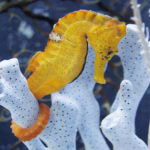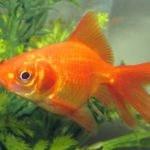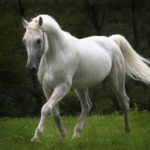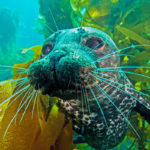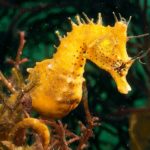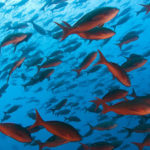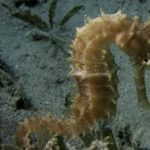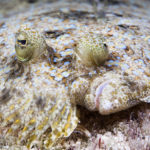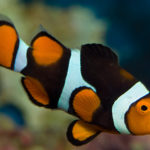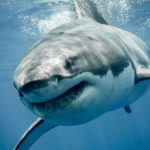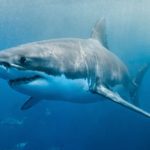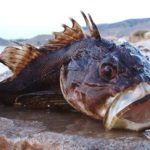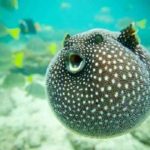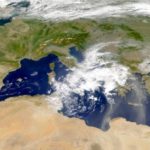Seahorses
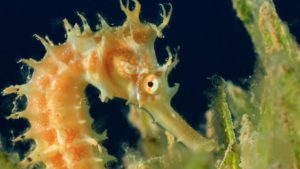 French naturalist of the 16th century Guillaume Rondele, one of the first to publish a fundamental work on marine fish, described the sea horse as something between insects and primitive coelenterates. No wonder, because this creature is striking in its unusual appearance. But modern scientists have come to the conclusion that sea horses are still fish. Indeed, they breathe through the gills, have a swim bladder that allows them to control buoyancy, and are able to spawn. Only the sea horse is a very special fish, and the more a person studies it, the more interesting facts they learn:
French naturalist of the 16th century Guillaume Rondele, one of the first to publish a fundamental work on marine fish, described the sea horse as something between insects and primitive coelenterates. No wonder, because this creature is striking in its unusual appearance. But modern scientists have come to the conclusion that sea horses are still fish. Indeed, they breathe through the gills, have a swim bladder that allows them to control buoyancy, and are able to spawn. Only the sea horse is a very special fish, and the more a person studies it, the more interesting facts they learn:
A sea horse is a fish, but it does not have scales. The bodies of these creatures are covered with rigid plates, which form a peculiar exoskeleton. This makes them an unattractive prey for a number of predators. By the way, they also have an internal skeleton.
Seahorses come in various sizes: tiny, like cedar nuts, and large as a banana. The largest representatives of this tribe belong to the species Hippocampus abdominalis, also known as the paunchy seahorse. They can reach 35 cm and live in the waters of South Australia and New Zealand. The smallest known species is called the seahorse Satomi (Hippocampus satomiae), it is described by biologists in 2008. Its size is only one and a half centimeter, and the place of residence is the waters of Brunei, Indonesia and Malaysia.
Today there are about 54 types of sea horses around the world, although there is no consensus on their number yet. Identification of these animals is a very difficult task, because individuals of one species can vary greatly in appearance. In addition, researchers continue to find new species.
Swim sea horses do not matter. A dwarfish sea horse holds a record of slowness, developing a “fantastic” speed: 1.5 meters per hour. It’s no wonder that skates spend most of the time standing “at anchor”, that is, hooked on their flexible tail for something immobile.
But sea horses are inveterate hitchhikers. They can travel long distances, clinging to floating algae and debris. This allows you to save energy, but during a storm, travelers are constantly at risk of being thrown ashore along with their unreliable floats.
Seahorse moves with a small fin on the back, which flutters up to 35 times per second. Pectoral fins, which are even smaller in size, are located closer to the back of the head and serve purely for steering. These fish are very maneuverable: they can easily move up, down, forward and back
Seahorses have no teeth and no stomach. Food passes through their digestive system so quickly that they have to eat almost continuously. These creatures are able to eat more than 3,000 microscopic crustaceans per day. Left without food, they can quickly die from exhaustion.
Fine muzzles of these animals, thanks to which they got their name, act like a vacuum cleaner pipe. When the prey is floating nearby, the horse sharply sucks it. If the victim is too large, the seahorse’s mouth may widen slightly.
